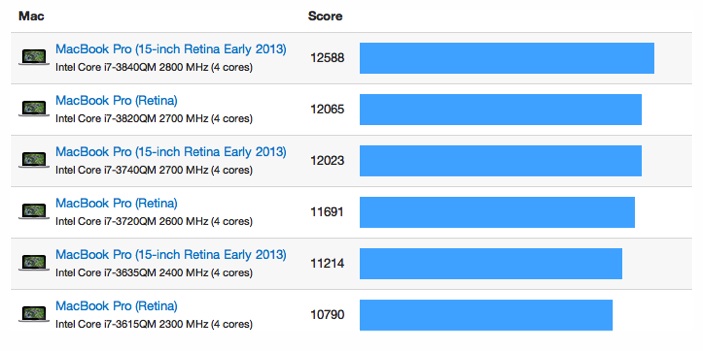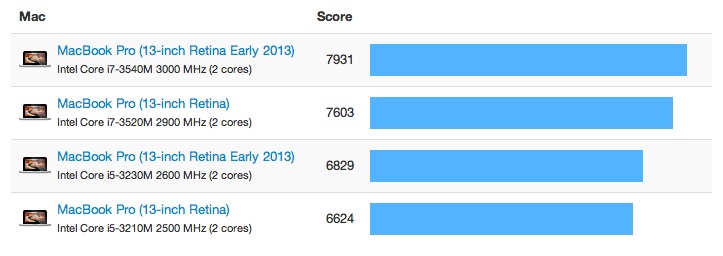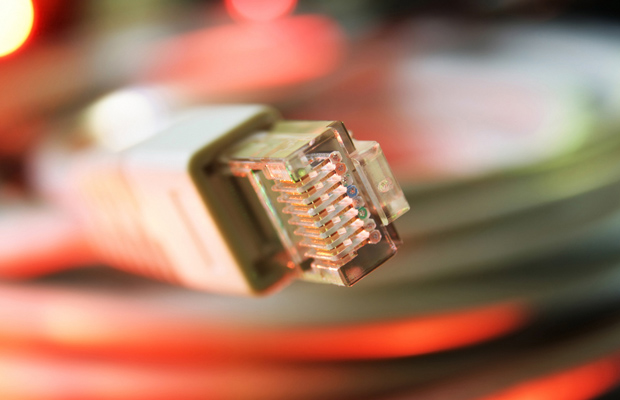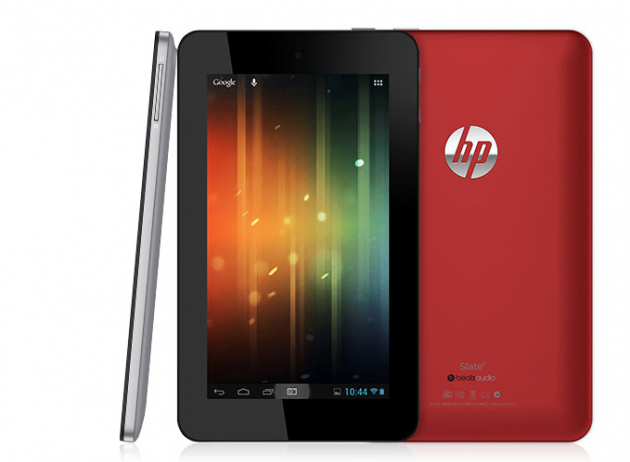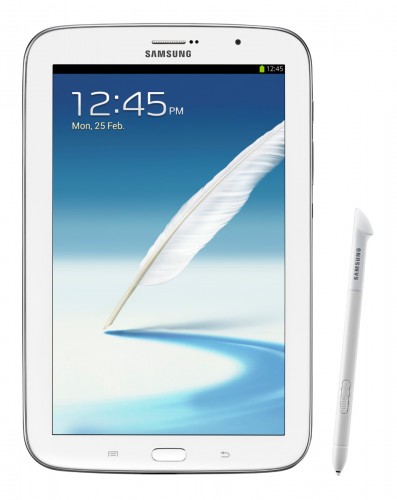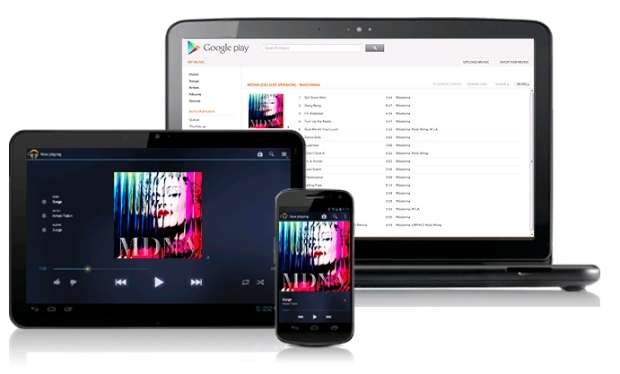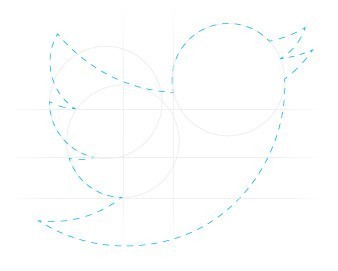 Huawei, a leading global information and communications technology (ICT) solutions provider, today introduced the HUAWEI Ascend P2, the world’s fastest smartphone, at the 2013 Mobile World Congress (MWC). The Ascend P2 features a 1.5 GHz quad-core processor and LTE Cat 4 providing an ultrafast web experience with download speeds of up to 150 Mbps. Continuing the fashion legacy of the Ascend P-series, it is only 8.4mm slim with an infinity edge 4.7-inch IPS HD in-cell touch display with second-generation Corning® Gorilla® Glass, and will be available in black and white.
Huawei, a leading global information and communications technology (ICT) solutions provider, today introduced the HUAWEI Ascend P2, the world’s fastest smartphone, at the 2013 Mobile World Congress (MWC). The Ascend P2 features a 1.5 GHz quad-core processor and LTE Cat 4 providing an ultrafast web experience with download speeds of up to 150 Mbps. Continuing the fashion legacy of the Ascend P-series, it is only 8.4mm slim with an infinity edge 4.7-inch IPS HD in-cell touch display with second-generation Corning® Gorilla® Glass, and will be available in black and white.
“Ascend P2 is the perfect combination of elegance and power, and further proof that there’s no need to compromise when desiring a perfect smartphone. It is evidence of the outstanding smartphone experiences and great technology that we are committed to bringing to consumers globally,” said Richard Yu, CEO of Huawei Consumer Business Group.
The HUAWEI Ascend P2 will be on sale in France through Orange in June 2013.
“We’re pleased to be working with Huawei again to enable our customers to have easier and faster access to all their favorite content,” said Yves Maitre, Senior Vice President, Mobile Multimedia & Devices, Orange. “We are impressed by the design and look forward to putting the Ascend P2 into the hands of consumers as soon as possible.”
“The technological capabilities of the HUAWEI Ascend P2 will enable our customers to have the fastest access to all their content, with speeds up to 150 Mbps on our brand new 4G network,” said Florence Paour, Device Marketing Director, Orange France.
The HUAWEI Ascend P2 runs on the Android 4.1 operating system, with Huawei’s own Emotion UI 1.5. Powered by a 2420 mAh battery and 1.5 GHz quad-core processor, the Ascend P2 downloads HD movies in minutes, and loads online videos, web pages, songs or e-Books in seconds. Huawei’s proprietary ‘swift sharing’ supports uploads and downloads two to three times faster than other smartphones in a Wi-Fi environment. With its NFC module*, Ascend P2 enables e-payments and can act as an electronic ticket. Huawei's unique Quick Power Control (QPC) and Automated Discontinuous Reception (ADRX) power-saving technologies, reduces power consumption by 30% and charging time by more than 25% compared to other smartphones.
Continuing the fashion focus of Huawei’s Ascend P smartphones, HUAWEI Ascend P2 evokes the image of an infinity pool with its seamless, elegant design and curvy contours. Using in-cell technology, its LCD 4.7-inch IPS HD touchscreen is an impressive 8.4mm slim. Its ‘magic touch’ feature provides enhanced screen responsiveness even with gloves, and instant keyword translation and Wikipedia searches can now be done on a single window with ‘smart reading’. The screen also calibrates its brightness automatically under any light conditions, allowing users to perform any function, under any light.
The HUAWEI Ascend P2 provides optimal photo and video features including a 13 MP BSI rear-facing camera with HDR, and a 1.3 MP front-facing camera to support self-portrait and video shooting. A dedicated camera key on the side of the phone also allows instant access to picture taking, click once for the camera to be activated and another time to take the shot. With Huawei’s advanced camera algorithm, high-definition images can be captured even in backlit conditions. Auto adjustment modes further enable Ascend P2 to produce photos that rival professional cameras.
The Huawei Emotion UI*, available on the Ascend P2 is easy to use and customize. The UniHome function combines home panels with the main menu, while Huawei’s patent-pending Me Widget better utilizes screen real-estate by combining all the information and functions you need in a single, customizable widget. Emotion UI is also pre-installed with a smartphone housekeeper function to support real-time data traffic tracking, automatic blacklisting and blocking, periodical system cleaning, and spontaneous exiting of idle programs and cache cleanup, in addition to anti-virus, energy saving, privacy protection, software management, and more.
For more information, visit Huawei Device online: www.huaweidevice.com
 Its official, the Galaxy S IV will be unveiled in New York City on March 14.
Its official, the Galaxy S IV will be unveiled in New York City on March 14.






